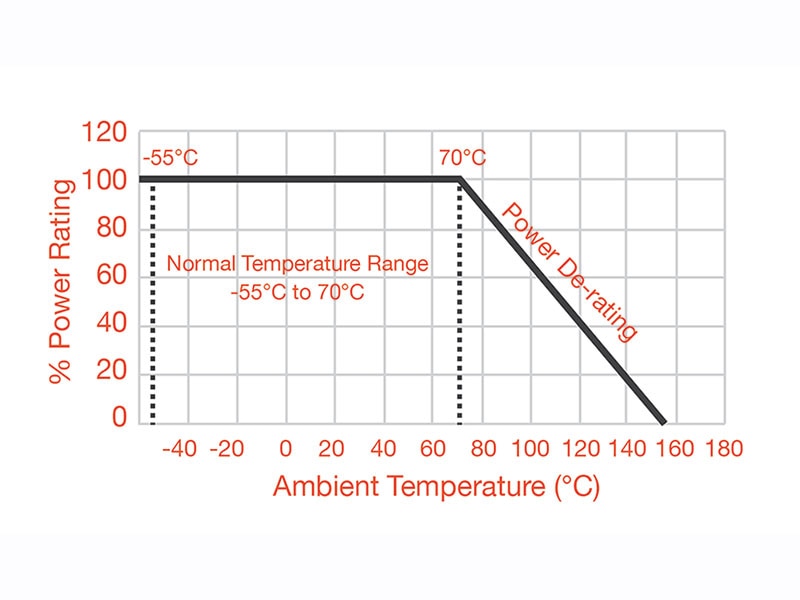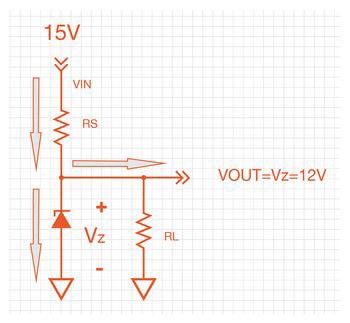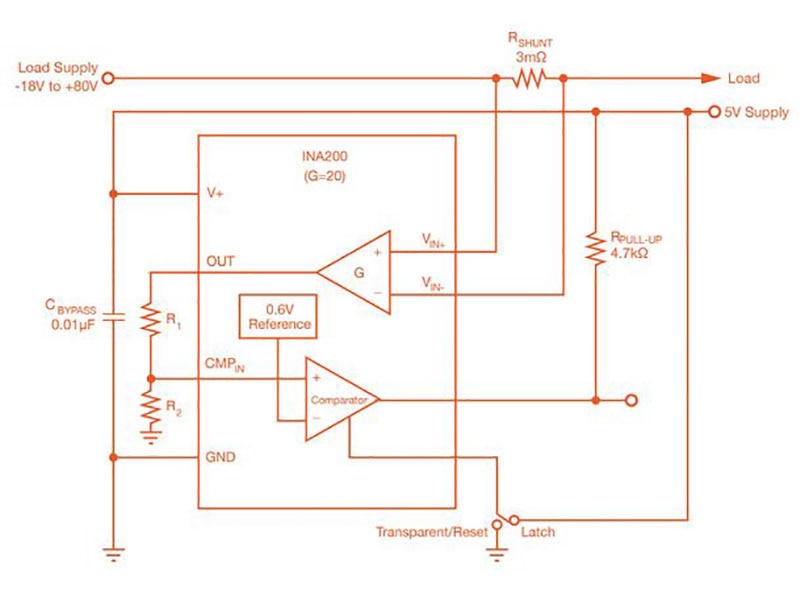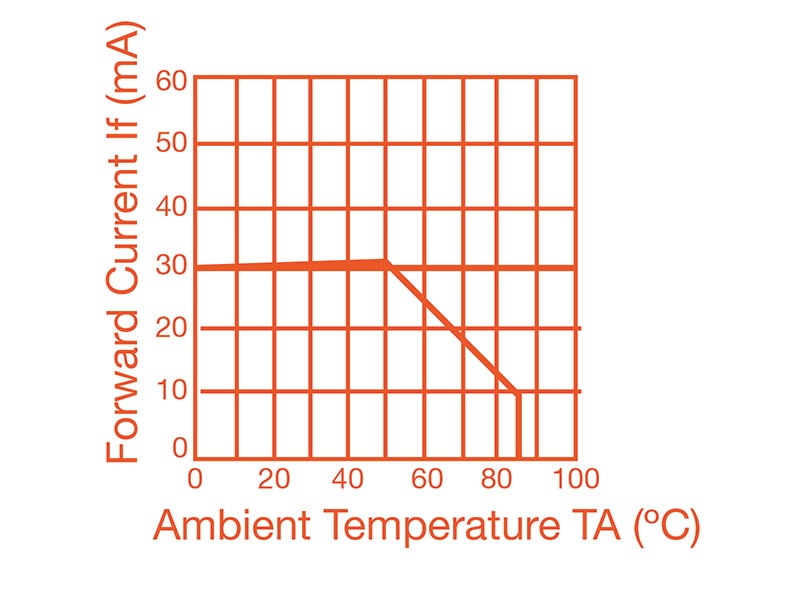Memristors: The Fourth Passive Component
2024-01-29 | By Antonio Velasco
License: General Public License
Typically, you hear a lot about the three fundamental passive components: resistors, capacitors, and inductors. In addition to these, there is a fourth, less heard of component that is a bit more analog. This component bridges the gap between simple resistance and complex memory, adding a new shade and edge to electronics. This component is called the memristor, a versatile component that marries resistance and memory. Through this blog, we'll explore this component, the concept behind it, and the detailed physics that allows it to work.
Passive Components
Parcly Taxel, CC BY-SA 3.0, via Wikimedia Commons
Before we dive deeper, let's first go over the basic passive components that we're familiar with. Resistors impede and adjust the flow of current, allowing control over current and voltage levels. Capacitors store charge and release it when needed, creating a function of energy storage, control, and timing. Inductors keep the current flow consistent and store energy through magnetic fields, creating a capability of both filtering and storage.
Memristors combine resistors and inductors, making a component that resists and remembers the flow of charge. This allows it to both manipulate resistance and store memory.
So, How Does It Work?
The memristor relies primarily on a thin film of semiconductor material. When a voltage is applied to such material, oxygen vacancies (otherwise known as defects) migrate and alter the resistance of the device.
Next, the memory aspect kicks in. A "write operation" essentially triggers whenever a voltage is applied, and thus data is written to the memristor when these oxygen defects are changed.
This process is non-volatile, meaning the data remains even when the power is turned off. Furthermore, a read operation takes place when you want to retrieve the stored data, you apply a lower voltage, causing a change in resistance that corresponds to the stored information. This resistance change can be detected and interpreted as binary data (0’s and 1’s).
The key here comes with the memristor's ability to essentially retain its resistance even after voltage or current stops being applied--a characteristic shared with traditional data storage devices like flash memory, but with the potential for much higher density and faster access times.
How Could I Use Memristors?
This technology is still relatively new, and buying them could be pricey. For the longest time, they were thought of as fictional and only theoretically possible, but in 2008 the first memristor was fabricated and recently, they started to hit the market. As time goes on, it's expected that the memristor price will certainly go down, but for hobbyists now, there are a lot of applications for it.
Hobbyists and electronics enthusiasts could use memristors to build analog circuit emulators. These emulators allow for experimentation and learning about the behavior of complex circuits without the need for physical components, making them valuable educational tools.
Memristors can serve as basic memory elements in hobbyist projects. Makers can design circuits that store and retrieve binary data, creating DIY memory devices for a variety of purposes, from simple data loggers to custom data storage solutions. This could help serve as a basic introduction to memory within electronics as well for those who are just starting out.
For artists and creators, memristors open possibilities for interactive art installations that respond to environmental changes. These installations can capture and store sensory data, creating dynamic and responsive artworks.
One of the most exciting frontiers is neuromorphic computing, where memristors play a pivotal role. These components mimic the behavior of synapses in the human brain, enabling the development of brain-inspired computing systems. Neuromorphic chips equipped with memristors promise to revolutionize machine learning and artificial intelligence by achieving brain-like processing efficiency.
Memristors also hold great promise in data storage. With their potential for higher density and faster access times compared to traditional memory technologies, they could reshape the landscape of data storage solutions, from solid-state drives to cloud storage infrastructure.
Capping It Off
All-in-all, memristors prove to be an exciting new component that will likely change the market and industry. With the ability to merge resistance and memory, new opportunities for hobbyist projects and research have now opened.
Have questions or comments? Continue the conversation on TechForum, DigiKey's online community and technical resource.










